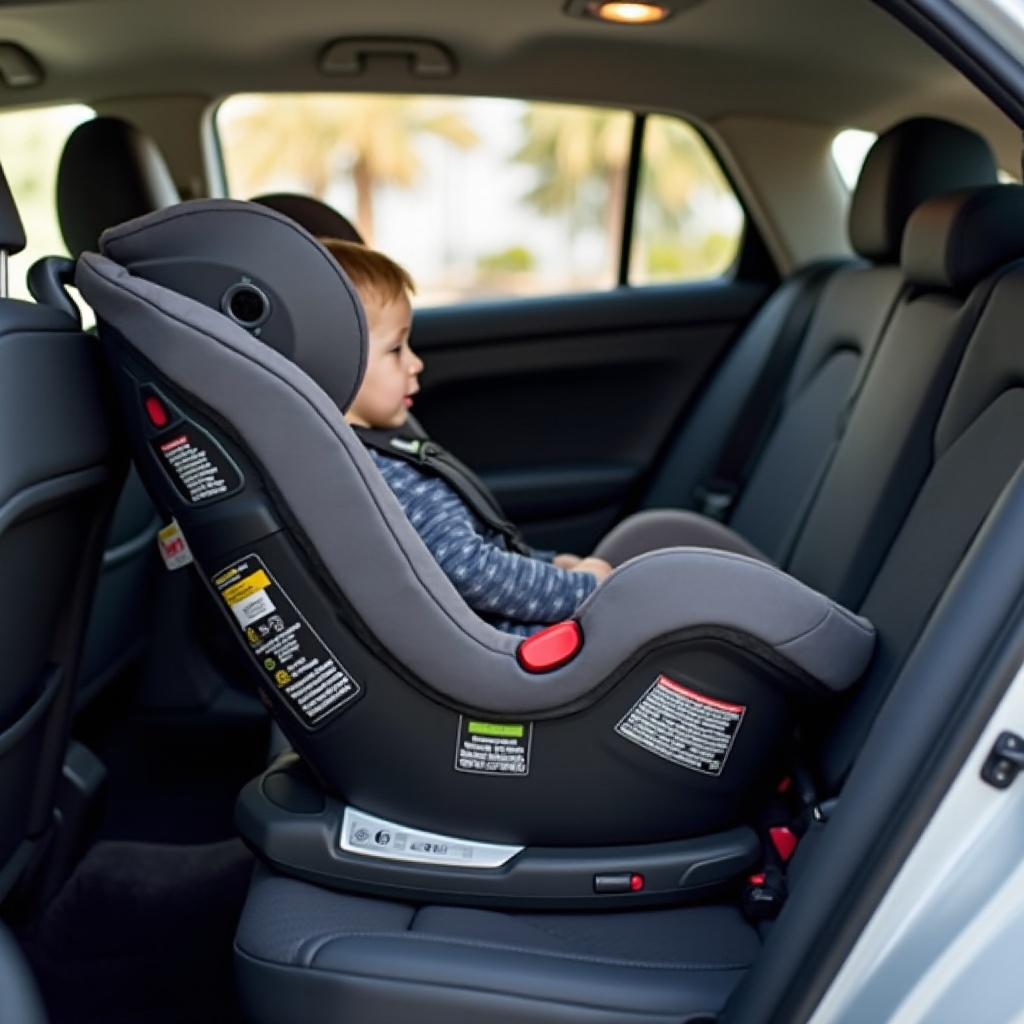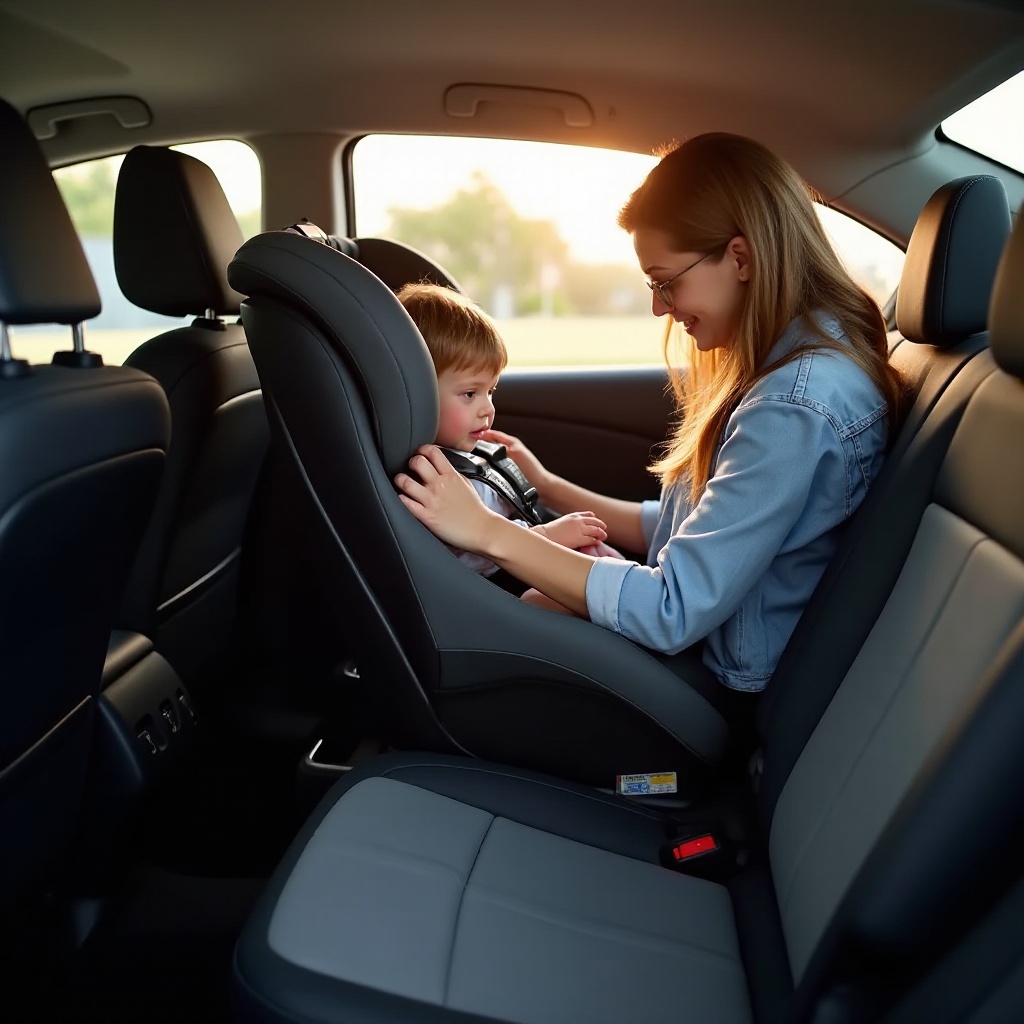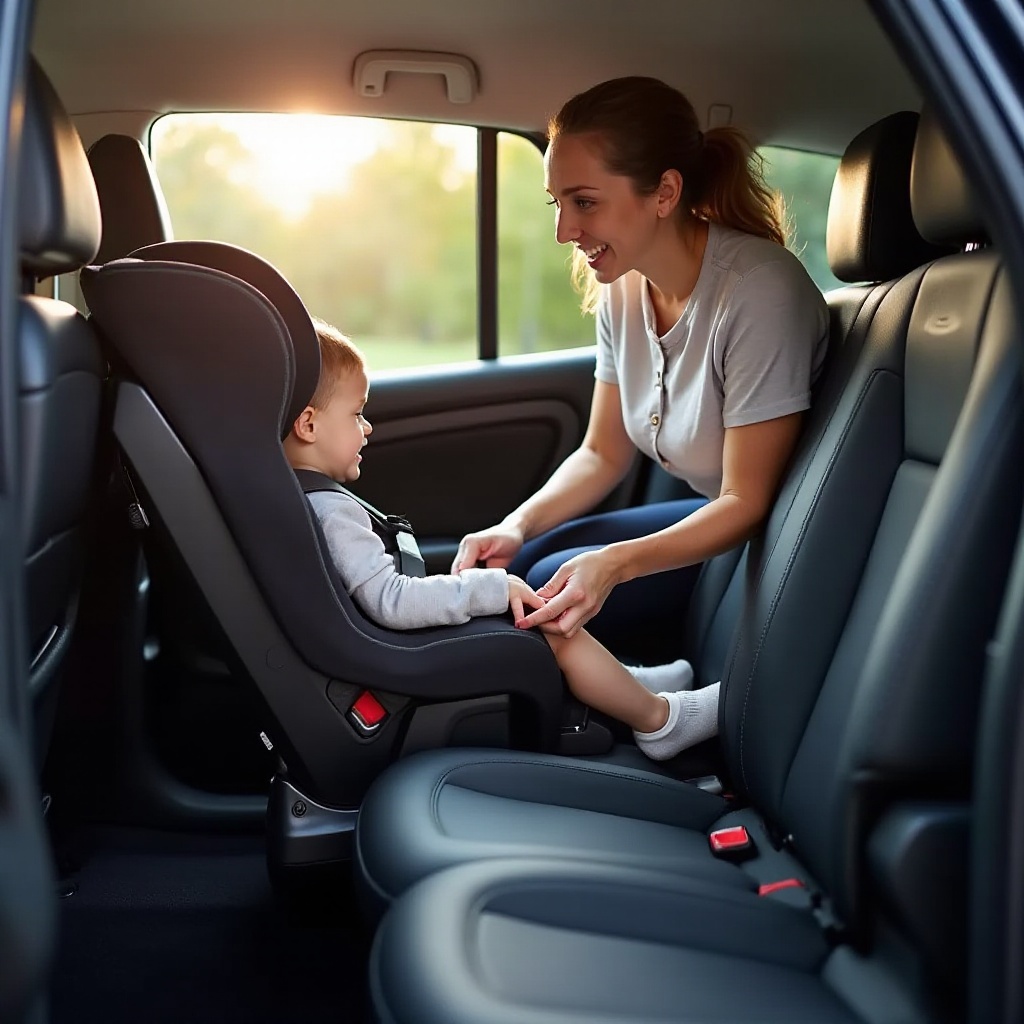Introduction
Installing a car seat correctly is essential for keeping your child safe during travel. Many parents and caregivers find this task stressful due to the variety of car seats and the complexity of installation. This guide intends to simplify the process and provide clear, step-by-step instructions to ensure that both you and your child can travel safely and with confidence.

Understanding Different Types of Car Seats
Before beginning the installation, it’s crucial to understand the different types of car seats available, each serving specific age and weight requirements for optimal safety.
Infant Car Seats
Infant car seats are designed for the youngest children and are meant to face the rear of the vehicle. They often feature a base that remains in the car, allowing the seat to be clicked in and out easily. It’s important that the harness is secure, and the car seat’s recline angle supports the baby’s head adequately.
Convertible Car Seats
Convertible car seats adapt with your child as they grow, transitioning from a rear-facing to a forward-facing position. They provide greater longevity due to adjustable weight limits and usually require more space in your vehicle.
Booster Seats
Booster seats position a child so that a vehicle’s standard seat belt fits properly over their shoulders and hips, minimizing the risk of injury. They are essential for older children who have outgrown other forms of car seats.
Preparing for Installation
Proper preparation is the foundation of correct car seat installation, ensuring you can move forward confidently in the process.
Reading the Car Seat Manual
The starting point should always involve reading both the car seat and vehicle manuals. This will help you understand specific installation instructions, what installation methods are safe, and where in the vehicle the seat should be located.
Familiarizing with Your Vehicle’s Features
Each vehicle may offer different installation options, such as the LATCH system or using the standard seat belts. Knowing these features can help you decide the best installation method for your car seat.
Step-by-Step Installation Process
Breaking the installation process into clear steps makes it much easier to follow and ensures that all necessary aspects are covered.
-
Locate the LATCH Anchors or Seat Belt Path:
Identify the paths designated for securing the seat with either the seat belt or LATCH anchors. -
Position the Car Seat:
Place the seat in the back seat, which is usually the safest location, and ensure it is facing the correct direction. -
Securing with LATCH System:
Attach the car seat’s lower anchors to the vehicle’s anchor points, tightening them until the seat moves less than an inch side to side or front to back. -
Installing with a Seat Belt:
Feed the seat belt through the car seat’s belt path and buckle it, pulling tight to ensure the seat is securely installed. -
Conducting the Tightness Test:
Once installed, attempt to move the car seat; it should not shift more than an inch in any direction.

Ensuring Proper Fit and Safety
After installing the seat, it’s vital to ensure a proper fit to maximize safety during travel.
Adjusting the Harness and Straps
Ensure the harness is flat, with straps that you cannot pinch together. It should lie flat across the child’s chest.
Checking the Recline Angle for Rear-Facing Seats
Maintaining the correct recline angle is essential for the child’s airway safety, particularly for rear-facing seats. Most models have indicators to help you achieve the right angle.

Common Installation Mistakes and How to Avoid Them
Even with clear guidelines, mistakes can occur. Avoid these by being aware of common installation errors.
Overlooking the Weight and Height Limits
Regularly verify the car seat’s weight and height restrictions to know when it’s time to transition to a different seat.
Incorrect Harness Position
The harness should always be at or below shoulder height for rear-facing seats and at or above for forward-facing seats in order to work correctly.
Conclusion
Proper car seat installation is paramount for your child’s safety. Following the steps and precautions outlined ensures that the seat is secure for any journey. Consistent re-evaluation as your child grows will keep them protected and comfortable.
Frequently Asked Questions
How often should I check the tightness of the car seat installation?
It’s advised to check the tightness before every trip to ensure it’s secure.
Can I install a car seat in the front seat?
The rear seat is usually safer. If necessary, deactivate airbags when installing in the front.
When should I switch from a rear-facing to a forward-facing car seat?
Switch when the child surpasses the weight or height limit for the rear-facing position specified by the manufacturer.
